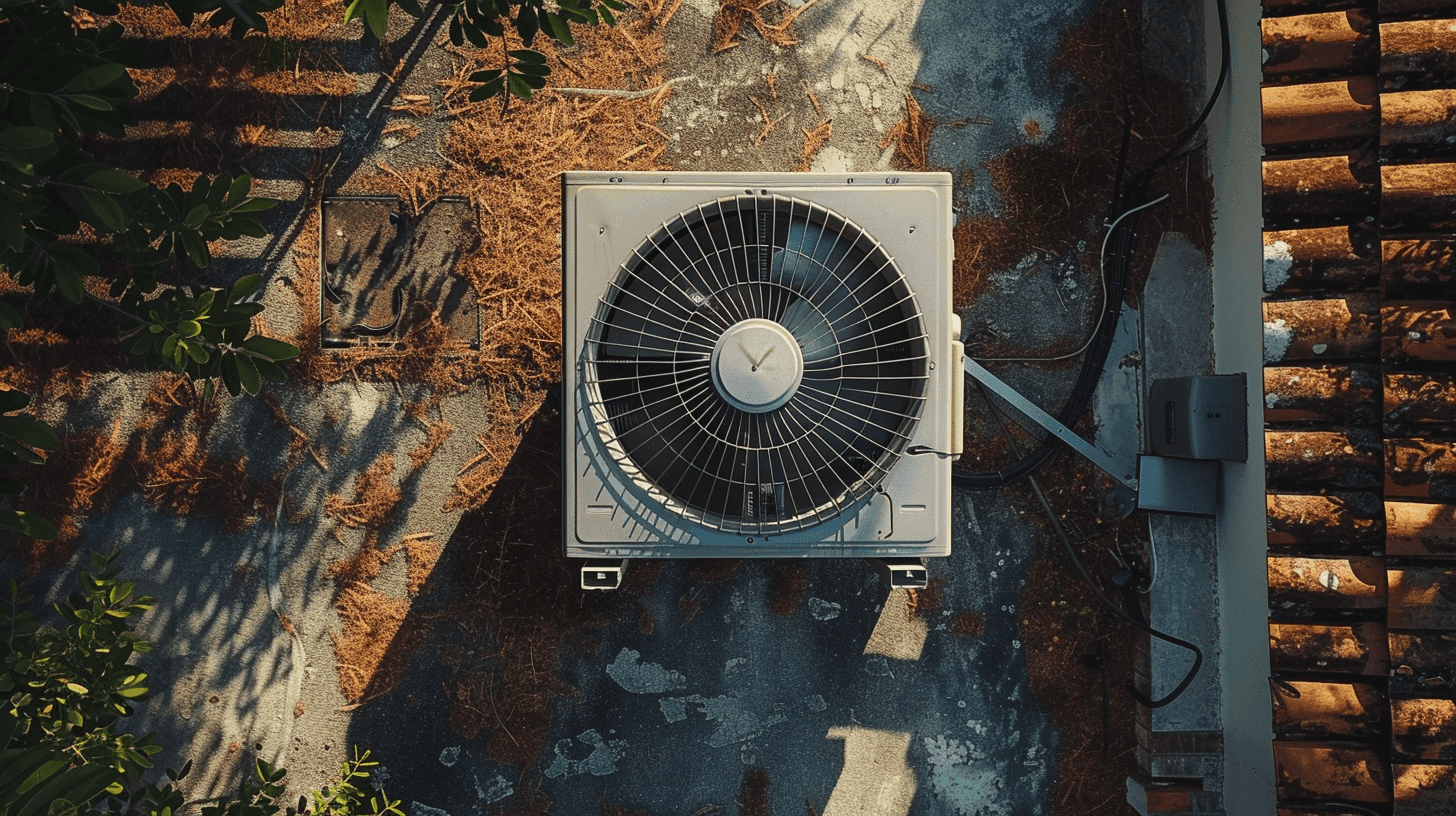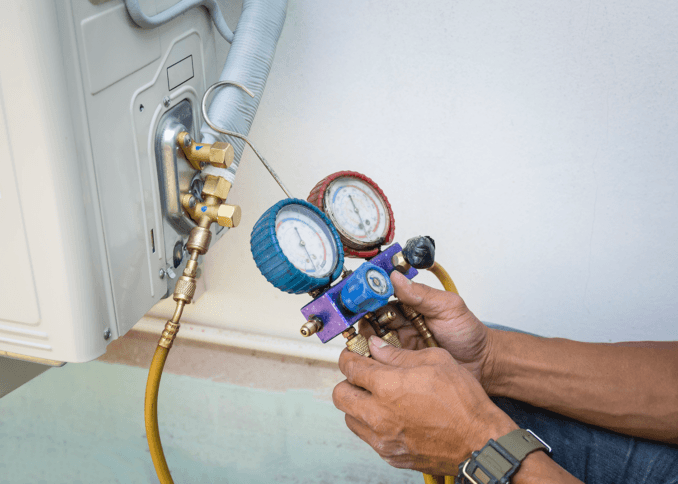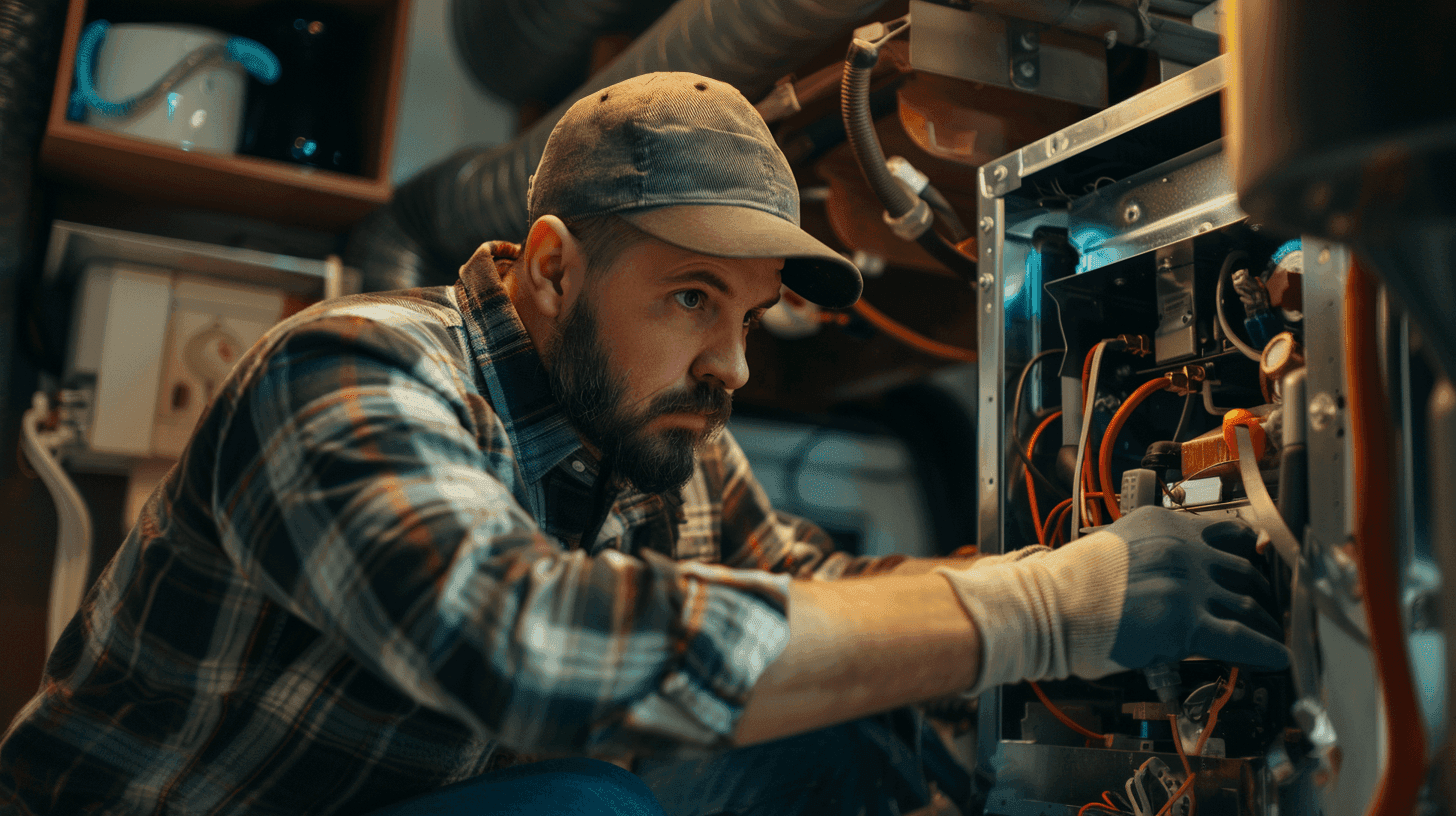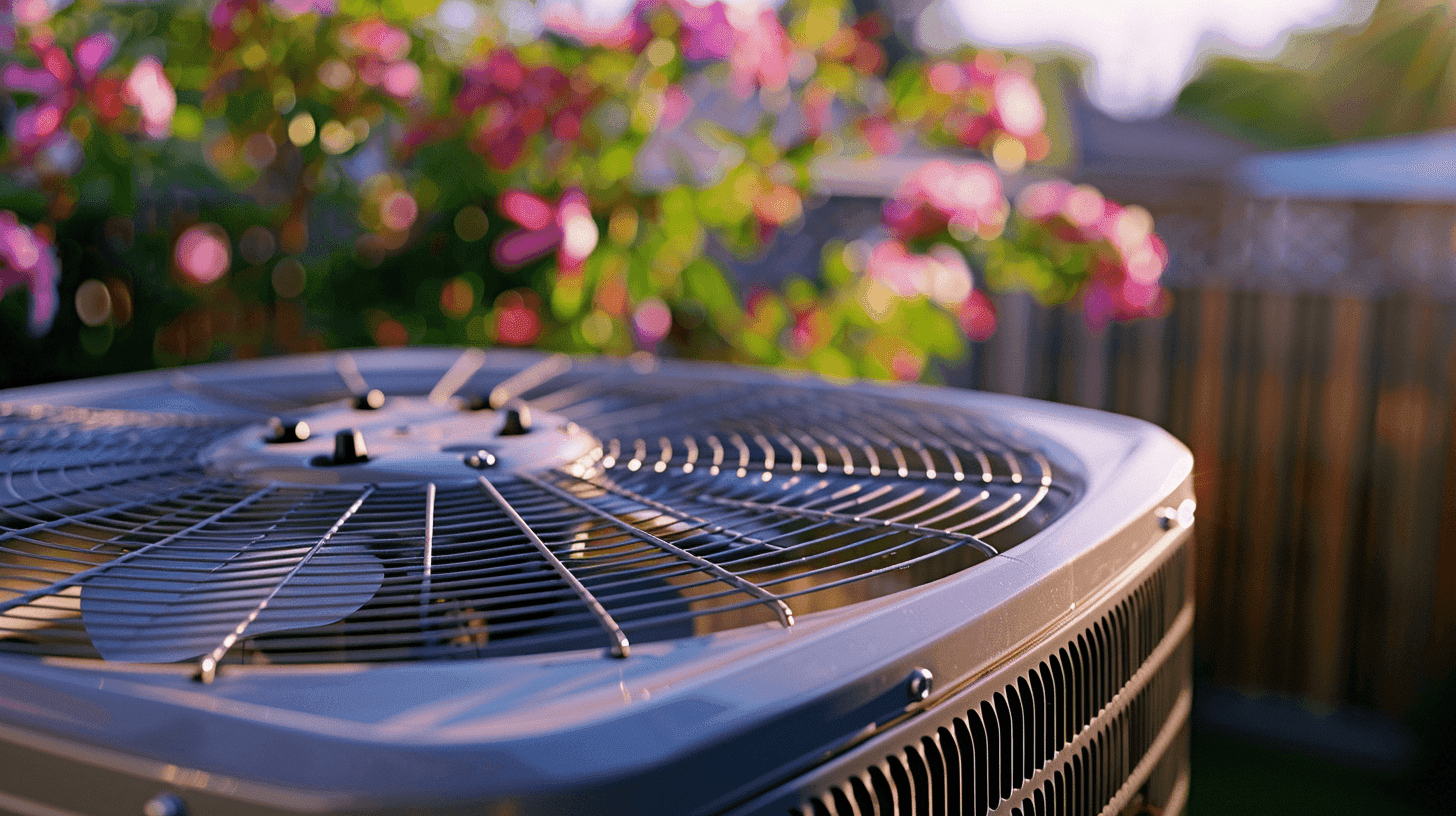
R22 refrigerant: what is R22 and why is it being replaced?
Sharing your quote takes less than a minute

One of the most commonly used refrigerants over the past several decades in heating and cooling systems in America became illegal to import or manufacture as of January 1, 2020. R22 refrigerant, or R22 Freon, is used in a number of AC systems built before 2010.
It was discovered that the chemicals that makeup R22 are detrimental to the ozone layer. The Environmental Protection Agency (EPA) launched a 10-year plan in 2010 to phase out ozone-depleting substances.
For homeowners with HVAC units that were built prior to 2010, it’s likely that the equipment relies on R22 for the cooling process. Because R22 refrigerant costs continue to rise, HVAC repairs that require this type of coolant are more expensive than years prior. Here’s what you need to know about units that rely on this restricted refrigerant.
What is refrigerant?
Refrigerant is a chemical compound that creates the cooling and heating process in your HVAC system. The coolant can take a liquid or gaseous state. It is responsible for absorbing heat and carrying it to the HVAC evaporator coil where the heat energy is released. The air is cooled and returned to your home to lower the indoor temperature.
Without refrigerant, your HVAC system would not work properly. A refrigerant leak or low refrigerant level is the leading cause of an AC blowing hot air. When a repair or seasonal maintenance is performed on your unit, only an EPA-approved technician can handle the refrigerant.
The danger the chemical poses to the handler and the environment helps explain why R22 was restricted from use. While the substance is now phased out of production, those with systems that rely on Freon 22 face a problem.
Why was R22 phased out as of January 2020?
In the 1980s, scientists found mounting evidence that the ozone layer, an important barrier between the Earth and harmful solar rays, was growing dangerously thin. The connection was drawn that certain man-made chemicals, including common refrigerants, were partially to blame.
R22 refrigerant became one of the primary chemicals of concern, and for that reason, a phaseout plan was born. The challenge was for homeowners who recently purchased an HVAC system or utilized one that had no apparent issues.
Throwing another $2,000 to $10,000 at an HVAC system to replace one that works perfectly fine but operates on R22 would be an unfair ask of the homeowners. The EPA mandated that no other HVAC units that rely on R22 be built after 2010.
R22 refrigerant replacement
Between 2010 and 2020, the production of the coolant slowed and an R22 refrigerant replacement was needed. There are three viable options for an R22 substitute:
- R438A
- R422D
- R421A
These three refrigerants are compatible with mineral oil, which is used in air conditioning compressors that call for R22. Modern units use synthetic oil. Refrigerants are designed to be used with specific types of oil, so skip the DIY project and call in an HVAC expert for this change.
The primary difference between R22 Freon and its replacements is that the substitute chemicals are not made with chlorine. This eliminates the ozone-depletion impact of R22.
Another (much more expensive) way to operate a system that was built for R22 is to obtain recycled Freon. The Clean Air Act requires that EPA establish standards for the recovery, on-site recycling and off-site reclamation of refrigerants. These regulations make Freon 22 recovery and recycling a time-consuming and costly process.
Even if your local HVAC dealer can find a supply of reclaimed R22, it’s likely to cost hundreds, even thousands to refill and recharge your unit with the refrigerant.
Does my HVAC system use R22?
Many AC units that were manufactured before 2010 use R22 as a refrigerant, but you can check to be sure. There are three ways to verify if your HVAC uses Freon 22:
- Read the owner’s manual. The manual that comes with the unit may specify R22 as HCFC-22, so look for either reference.
- Look at the unit. The nameplate is usually found on the compressor, or outdoor unit. Similar to the owner’s manual, the nameplate may reference HCFC-22 or R22.
- Ask an HVAC technician. If neither of those options answers your question, get help from a pro. An HVAC technician will be able to tell you what type of refrigerant is used in your unit.
What to do if my hvac system still uses R22?
R22 refrigerant isn’t a danger to your family or home when it is enclosed in your HVAC system and working properly. However, if the system experiences a leak, the refrigerant is not only harmful, but will also be extremely costly to replace.
To determine your best option if your HVAC system still uses R22 refrigerant, perform a cost-benefit analysis. The R22 refrigerant price continues to rise since the entire supply is made of recycled refrigerant and dwindling quickly.
There are three options to consider if your home utilizes an air conditioning system that relies on R22 coolant:
Pay the R22 refrigerant price
The first option is to simply pay the high repair bill. The fee you pay will vary depending on your HVAC technician’s availability to R22 and the supply of the refrigerant nationwide. If your unit uses R22, it was likely built before 2010.
Depending on the make and model, you could be coming to the end of the operational expectancy of the system. It may make better financial sense to invest in a unit replacement vs. repair.
Replace the HVAC system
No homeowner wants to face the unexpected bill of a complete HVAC system replacement, but it offers a better long-term solution than continuing to pay expensive repair fees. In fact, as access to R22 becomes more limited, the repair bill may be comparable to a system replacement.
Ask your HVAC technician the cost of a system replacement vs. a repair. If your system is more than 10 years old and the repair is close to a third the cost of a new unit, it’s time for a new HVAC. Your technician may also warn against using an R22 replacement refrigerant as a quick fix, those chemicals have a tendency to quickly destroy the internal parts of a compressor.
Retrofit the current unit
Another very costly option is to have your current HVAC system retrofitted to use a different type of refrigerant. This task should only be performed by an experienced and certified technician.
You’re essentially replacing the primary components of your old system with newer parts that function with an approved coolant. The price is likely comparable to an entirely new system. In addition, if the work isn’t completed properly, you could void the warranty of your original unit.
Where can I buy refrigerants?
The purchase of some home HVAC refrigerants, like R22, mandates certification. Without completing the certification process, you are not able to purchase the coolant.
In accordance with EPA regulations, refrigerants can only be sold to technicians based on their completed certification programs. While you may discover it’s possible to purchase coolants online or elsewhere, only a certified technician can recharge your HVAC unit.
It’s also important to note that you cannot just “top off” HVAC R22 refrigerant with a replacement coolant. Mixing the two refrigerants can wreak havoc on your unit, possibly disabling it completely.
If you’re faced with an HVAC repair or replace dilemma and your unit uses R22 coolant, explore the top HVAC brands and perform a cost analysis with the unit that’s best for your home.
Sharing your quote takes less than a minute




